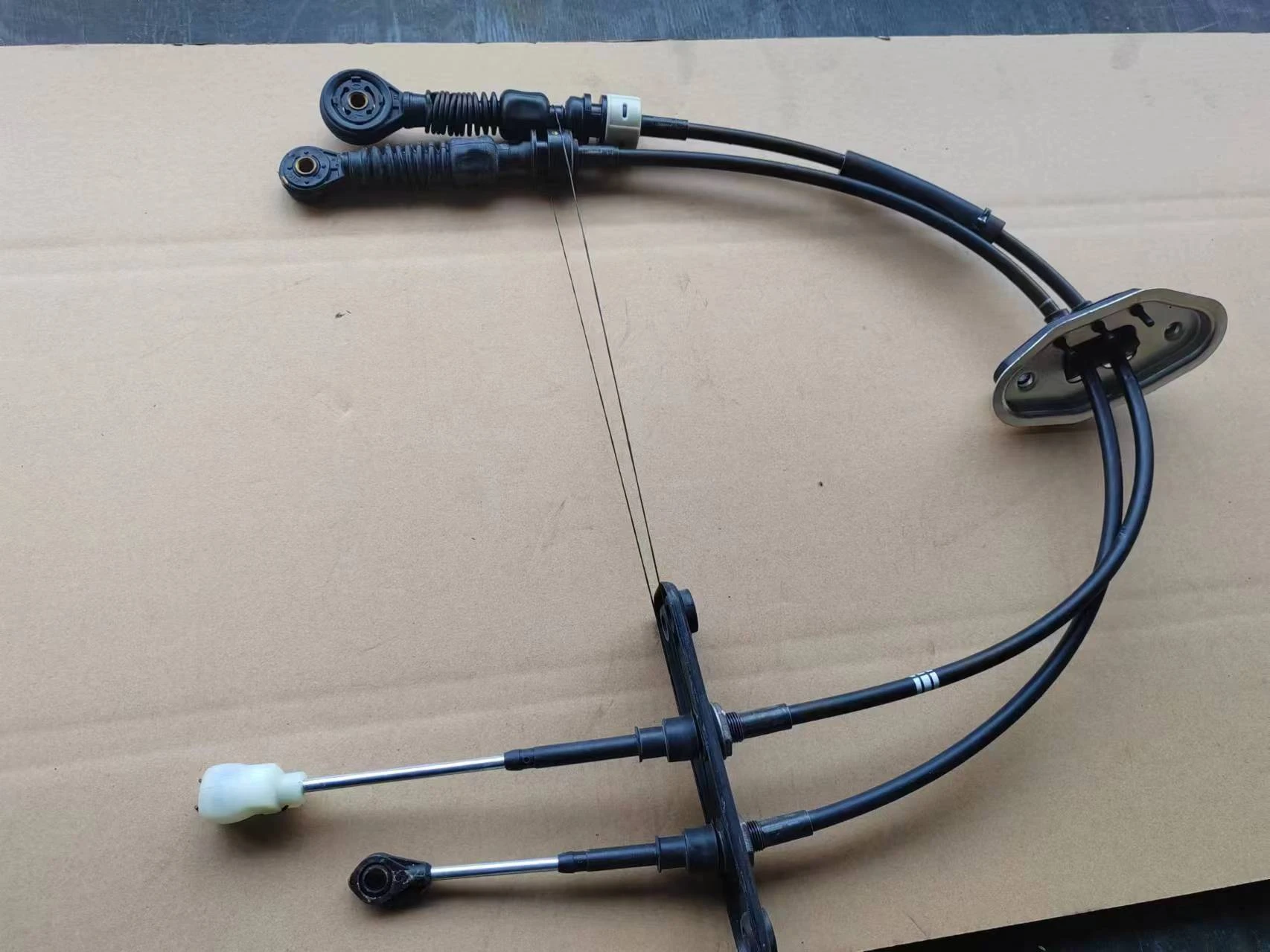gear linkage cable
Understanding Gear Linkage Cables A Comprehensive Guide
Gear linkage cables are essential components in a vehicle's transmission system that facilitate the smooth shifting of gears. These cables play a critical role in ensuring that the driver can easily and accurately select the desired gear, which is vital for maintaining optimal vehicle performance. In this article, we will explore the function, construction, and maintenance of gear linkage cables, as well as common issues associated with them.
Function of Gear Linkage Cables
The primary function of gear linkage cables is to connect the gear lever to the transmission system. When a driver operates the gear stick, the movement is transmitted through these cables to shift the gears within the transmission. This process involves both mechanical and sometimes electronic signaling, depending on the vehicle make and model.
In manual transmission systems, gear linkage cables are particularly significant because they allow the driver to engage different gears manually. In automatic transmissions, these cables may also be present, but modern vehicles increasingly use electronic systems that reduce reliance on physical cables. Nevertheless, the principles governing their operation remain the same.
Construction of Gear Linkage Cables
Gear linkage cables typically consist of several components. At its core, a cable is made up of a flexible inner wire and a protective outer casing. The inner wire is usually made of steel, providing the necessary strength and durability to withstand the repetitive movements associated with gear shifting. The outer casing protects the inner wire from environmental factors such as dirt, moisture, and wear.
In addition to the cables themselves, gear linkage systems might include various connectors, brackets, and adjustment mechanisms. These components ensure that the cables are properly aligned and securely attached to both the gear lever and the transmission. Proper installation and alignment are crucial for the effective functioning of the gear shift mechanism.
Maintenance of Gear Linkage Cables
Regular maintenance of gear linkage cables is essential to ensure their longevity and optimal performance. Here are some maintenance tips
1. Lubrication Periodic lubrication of the cables and their connecting points can reduce friction and prevent wear. This is particularly important in areas exposed to moisture, which can lead to rust and corrosion.
gear linkage cable

2. Visual Inspection Regularly check the cables for signs of wear, fraying, or damage. If you notice any issues, it’s essential to replace the cables promptly to avoid gear shifting difficulties.
3. Alignment Checks Ensure that the cables are properly aligned and securely attached to prevent any misalignment that could lead to malfunction. Misalignment can result in difficulty when shifting gears or even prevent the vehicle from changing gears entirely.
4. Replacement If the cables show significant wear or damage, they should be replaced immediately. Prolonging their use when they are compromised can lead to more severe transmission issues.
Common Issues with Gear Linkage Cables
Despite their robust design, gear linkage cables can experience several issues over time. Common problems include
- Cable Stretch Over time, cables may stretch, leading to a lack of responsiveness when shifting gears. This can make gear changes feel less precise. - Binding or Snagging Dirt and debris can accumulate in the cable housing, causing the cables to bind or snag. This can lead to difficulty in shifting gears and should be addressed promptly.
- Corrosion Exposure to moisture and road salt can lead to corrosion of the cables, particularly at the connectors. This can hinder the operation of the gear linkage system and require immediate attention.
- Disconnected Cables Sometimes, cables can become detached from their fittings, resulting in a complete loss of gear functionality. Regular inspections can help identify and rectify such issues before they escalate.
Conclusion
In conclusion, gear linkage cables are vital for the effective operation of a vehicle’s transmission system. Understanding their function, construction, maintenance, and potential issues can help drivers ensure a smooth and safe driving experience. Regular inspection and maintenance can significantly extend the lifespan of these components and contribute to overall vehicle performance. For anyone seeking to maintain their vehicle, paying attention to the condition of gear linkage cables is an essential step in ensuring reliability on the road.
-
Workings of Clutch Pipe and Hose SystemsNewsJun.04,2025
-
The Inner Workings of Hand Brake Cable SystemsNewsJun.04,2025
-
The Secrets of Throttle and Accelerator CablesNewsJun.04,2025
-
The Hidden Lifeline of Your Transmission Gear Shift CablesNewsJun.04,2025
-
Demystifying Gear Cables and Shift LinkagesNewsJun.04,2025
-
Decoding Clutch Line Systems A Comprehensive GuideNewsJun.04,2025
